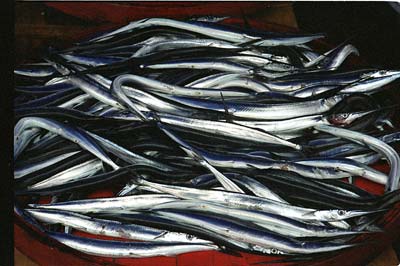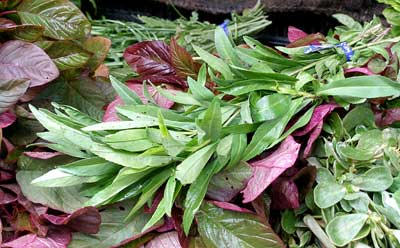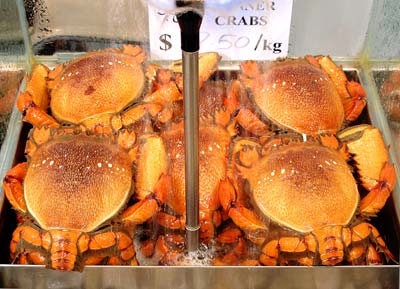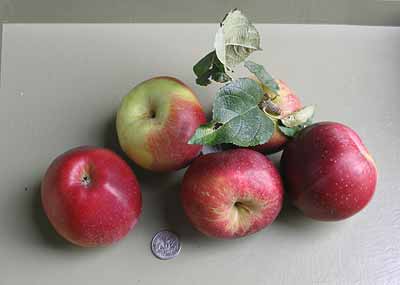
Garfish. A striking, beaked, marine fish up to 60 cm (2 ft) long, with a backbone which turns bright green on cooking and a delicious flavour, found on most European coasts.
Sanguin or bloody milk cap. A mushroom quite similar to the saffron milk cap but less common. It exudes a red milk sang poivré when cut.
The Spanish or axillary sea bream, occasinally confused with Pagellus erythrinus, the Pandora, does not make for great eating. Even despite this, these fish are very common in Spain and are traditionally eaten on Christmas Eve in some parts of the country, especially Castile.

A variety of green chilli which tapers to a red tip.

Mexican marigold or tarragon, tasting similar to French tarragon but slightly stronger and more anise-like, is a semi-woody shrubby plant. The leaves are shiny and green. In summer they bear yellow flowers, hence the common name of Mexican marigold. The plant originated in Guatemala and Oaxaca in the south of Mexico. It is quite easy to grow.

The spanner crab is a bright orange or brick-red crab, so-named because it has claws which look remarkably like spanners. Like many things in Australia, what you see is what you get. It has shorter hind legs than other crabs and is found around the upper half of Australia. Mainly males are sold as they grow to a greater size than the females and are more likely to reach beyond the size restrictions. The sofrt white flesh is quite different in flavour from that of other crabs.

A striking looking Canadian apple of medium size. It is pale yellow with a dull purple red flush that ripens to a brighter maroon. The flesh is very white, fine, crisp and well-flavoured with a hint of raspberries. Cooks and eats well but does not keep. It is increasingly grown in the UK and is also found in Poland and Switzerland. It is a cross between McIntosh and Newtown Pippin. It was raised in 1926 by Mr RC Palmer at the Canadian Department of Agricultural Research Station in Summerland in British Colombia as a cross between McIntosh and Yellow Newtown Pippin. It was introduced commercially in 1936. This late-season variety is harvested from early October in South-East England and is at is best from November to January.